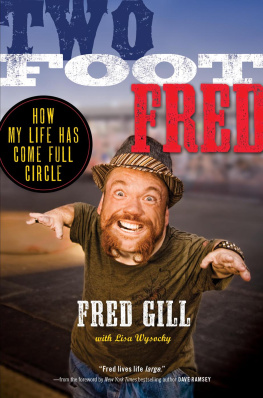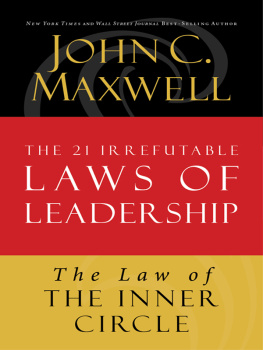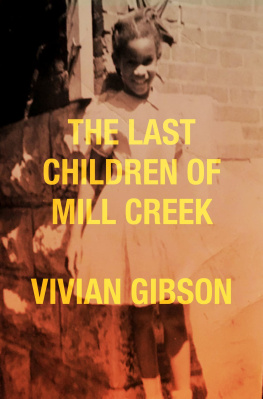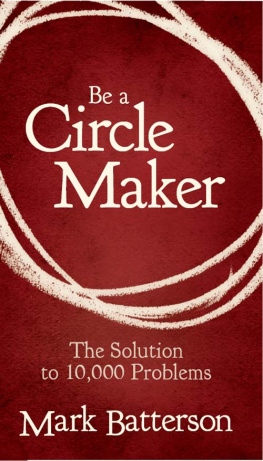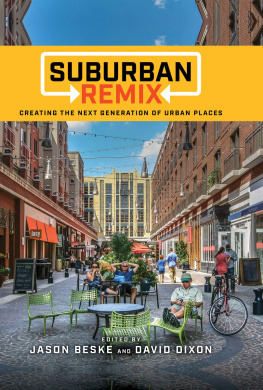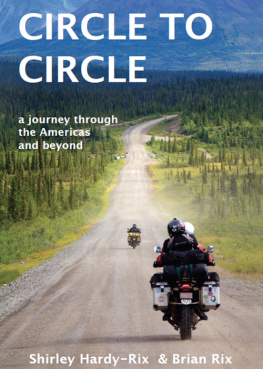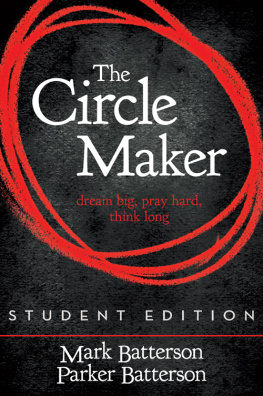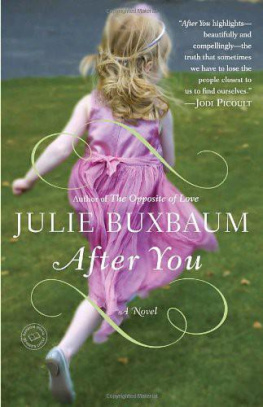Acknowledgments
Environmental historians and the ecocritics often talk about the layered history of a particular place. Recently, GIS technology has taken this idea even further, producing actual layered models of space and time in which you can add or subtract any information set you choosetopography, population, geology, plant life, industry, school districts, voting records, and so forth.
A traditional narrative still offers a similar perspective, and its important to document where the data arrived from during the long process of composition. Saying thanks to friends, contacts, and sources is a writers way of plotting points on a sort of relational graph of a community.
What follows is a list of local people who helped me discover the mile around our house, followed by a short but by no way exhaustive list of the books and documents I kept close at hand as I composed this story.
Ill start with the people I talked with before and during the writing of this story. I ask that all realize how much local history has to give way to the demands of story once a project like this gets underway. I tried to be as accurate as possible with all you shared, but I do not pretend that this is not, first and foremost, a personal narrative. I suggest to anyone who does not like the world that I see around me that you draw your own circle on a map and write your own book.
Wofford College sociology professor and writer Gerald Thurmond read this manuscript in the final stages of composition and made dozens of comments that both improved and deepened this story. Friend and dean of southern environmental historians, Jack Temple Kirby, also read several of the chapters in draft and offered suggestions to sharpen the content. Wofford College geologist and archeologist Terry Ferguson agreed once again to show up as a character in one of my narratives, and he was instrumental in helping me understand the landscape around me. Terry is a tireless observer of the world, and without him I could never have shaped these experiences into a story. South Carolina Institute of Archeology staff member Tommy Charles and Wofford College biology professor Doug Rayner both walked the land with me. Savannah River Ecology Lab researcher and native of the circle David Scott played golf and answered my e-mails.
I cant thank Fred Parrish enough for all he contributed through e-mails, conversation, and companionship. This is as much his circle as it is mine.
Id also like to thank Susan Thoms in the Kennedy Room at the headquarters of the Spartanburg County Public Library and Carolyn Creal, formerly at the Regional Museum of Spartanburg County. Both are fine local historians, and they were always helpful and thorough when I showed up in their archives, often looking for old newspaper clippings and documents to fill out a scene. Many thanks also to Erin Knight at Upstate Forever for helping me see the circle more clearly by producing a great series of GIS maps of the territory.
For other support, conversation, and bits of insight I would like to thank the late Tommy Pierce, Kristy Pierce Drummer, Trey Pierce, Peyton and Alice Howell, Sebastian Matthews, B. G. Stephens, Richard Rankin, Janisse Ray, Dorinda Dallmeyer, David Beacham, Joe Lesesne, Lee Altman, Jim Seegars, Christine Swager, Doug Nash, Winston Haynes McElveen, Joe Hudson, Bill and Kristin Taylor, Steve and Penni Patton, Allyn Steele, Martin Meek, Manning and Mary Speed Lynch, Paul and Sara Lehner, Don Wildman, Frank and Wendell Tiller. Foster Chapman, Randy Judy, and Norman Chapman were kind enough to allow me access to one of their private Saturday morning golf rounds. Many thanks to these three for the privilege of tagging along one day.
For reading the book when it was finished and doing a very important copyedit I will always be grateful to Lauren Stephenson. For technical support a special thanks goes as always to Wofford Colleges Cathy Conner who went beyond the call of duty to keep all my dozens of drafts straight and printed out on her magic machines.
A few human histories proved very helpful for context as I circled in my home state of South Carolina: David Ramsays History of South Carolina (1808), John Logans History of Upper South Carolina (1859), and J. B. O. Landrums Colonial and Revolutionary History of Upper South Carolina (1897). Phil Racines Piedmont Farmer: the Journals of David Golightly Harris (1990) helped me understand Harriss nineteenth-century neighbors the Bagwells. Michael Hembree and Paul Crockers Glendale: A Pictorial History (1994) added to my understanding of that community. Walter Edgars more recent South Carolina: A History (1998) also helped me, especially to understand the context of the American Revolution in this area.
A few more literary books were always close at hand throughout the process: Go Down, Moses (1942) by William Faulkner, Spirit of Place: The Making of an American Literary Landscape (1990) by Frederick Turner, and Wild Fruits: Thoreaus Rediscovered Last Manuscript (2000) by Henry David Thoreau.
For natural history questions, the texts I kept nearby were To See a World (1973) by geologist and mentor John Harrington; A Naturalists Guide to the Piedmont by Michael A. Godfrey (1980); Luna Leopolds two classics of hydrology, A View of the River (1994) and Water, Rivers and Creeks (1997); Reading the Forested Landscape (1997) by Tom Wessels; Time Before History by H. Trawick Ward and R. P. Stephen Davis (1999); and A Guide to the Wildflowers of South Carolina by Richard Dwight Porcher and Douglas Alan Rayner (2001).
Finally, Id also like to acknowledge my debt to a few books of similar theme (exploring a landscape limited in some key factor like space or time) that inspired me throughout this project: Ceremonial Time (1984) by John Hanson Mitchell, Seven Half-Miles from Home (1985) by Mary Back, PrairyErth (1991) by William Least Heat-Moon, and The Bones of the Earth (2004) by Howard Mansfield.
For the time to read all these books I would like to thank the Interim Committee at Wofford College for an important month off one January a few years ago. I had no idea at the time the leave would cost me so much more work down the line, but I am grateful it did. Much gratitude is also due to Wofford president Bernie Dunlap, dean Dan Maultsby, and English Department chair Vivian Fisher for their continued professional encouragement of my parallel careers as professor and writer of personal narratives.
At the University of Georgia Press I would like to thank Judy Purdy, John McLeod, and Jon Davies, as well as freelance copy-editor Sue Breckenridge. UGA Press has shown important support for my work, and I will always be grateful.
My wife, Betsy Teter, as always has supported me every step of the way in my writing life and generously agreed to let me make her a main character in this story.
Finally, thanks also to my fine stepsons, Rob and Russell Teter, who both will appreciate their central roles in this story even more when they get some distance on them. Because of our efforts to build here I know there will always be a creek they love and a deep and wild floodplain below their home place in Spartanburg. That, in many ways, is the point of my telling this story.
Only in the past few generations and only in a handful of
cultures have people claimed to need houses. Now almost
all of us have houses, but most of us are still homeless.
RICHARD MANNING, A Good House: Building a Life on the Land
How We Came to Live Here
When we decided to get married three years ago, Betsy and I also decided to build. Separate households would be disbanded and real estate liquidated, creating enough equity to finance our dream house. We were both in our forties and lucky to have found each other. We had been married to others before, but neither union lasted as long as the vows promised. My first marriage was very short in duration, less than a year. Betsys endured much longer and was of much more consequence. After seventeen years, when the marriage finally ended, Betsy had two fine boys, Rob and Russell, to show for it. Twenty years after mine dissolved, I had less to showjust a set of divorce papers filed safely away and two decades of unsettled freedom.


